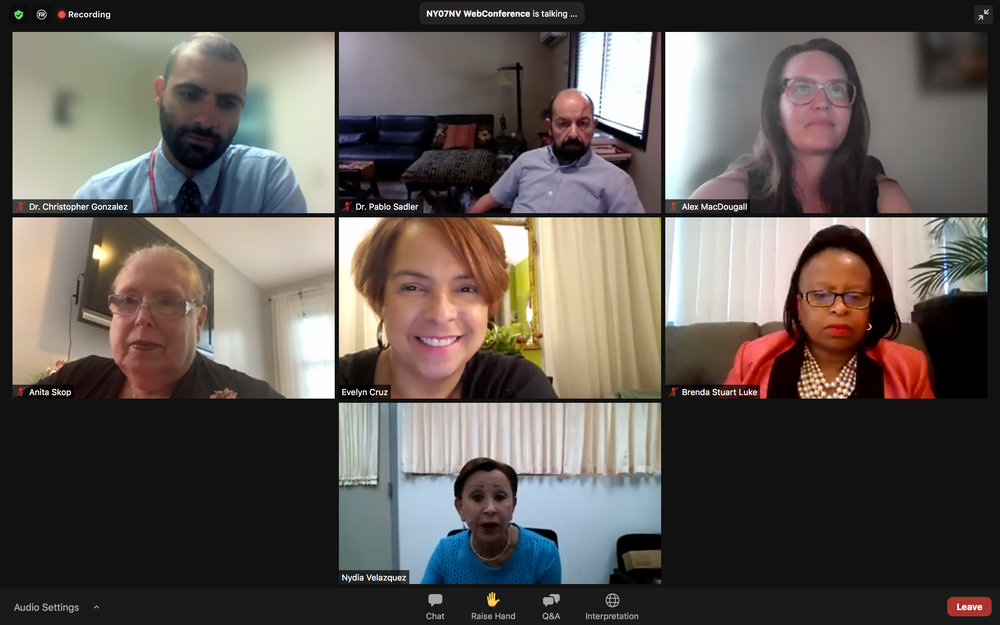Congresswoman celebrates first Child Tax Credit payments
This past Thursday, Congresswoman Nydia Velazquez celebrated the first child tax credit payments during a special town hall session via Zoom. Velazquez, a Democrat who represents parts of Brooklyn, Queens, and Lower Manhattan, discussed the transformative impact she believes the new funding will have.
“Today, families across the city received their first child tax credit check,” Velazquez said. “This is an important, massive investment to confront childhood poverty in our nation.”
The federal child tax credit was greatly expanded this past March with the passage of President Joe Biden and Democrats’ $1.9 trillion American Rescue Plan. Previously, the credit only awarded a small sum of money to parents who earned enough money to owe income tax.
After the passage of the American Rescue Plan, the credit is available to many more families, with the desired effect of helping those who lost jobs or incurred unexpected financial burdens during the pandemic.
Velazquez detailed the process to receive and be eligible for the child tax credit.
“You don’t need to do anything,” she said. “You don’t need to sign anything or contact the IRS. If you complete your taxes, you get this relief automatically.”
Under the expanded child tax credit, families with children under the age of six receive $300 a month. For children between the ages of 6 and 17, families receive $250 per month.
Couples filing jointly who earn below $150,000 annually are eligible for the tax credit. Single parents who file as head of household and earn less than $112,500 annually are also eligible.
While celebrating the expanded program, Velazquez also acknowledged the political turmoil and gridlock that has overtaken Washington.
“By the way, not a single Republican voted for the American Rescue Plan, but they are reaping the benefits of this program,” Velazquez said.
“Even as the economy continues its recovery from the pandemic, millions of renters continue to face tremendous debt,” she added. “While this [the child tax credit] is certainly a milestone and relief after a long year and a half, I know a lot of questions still remain about how to progress in this new normal.”





